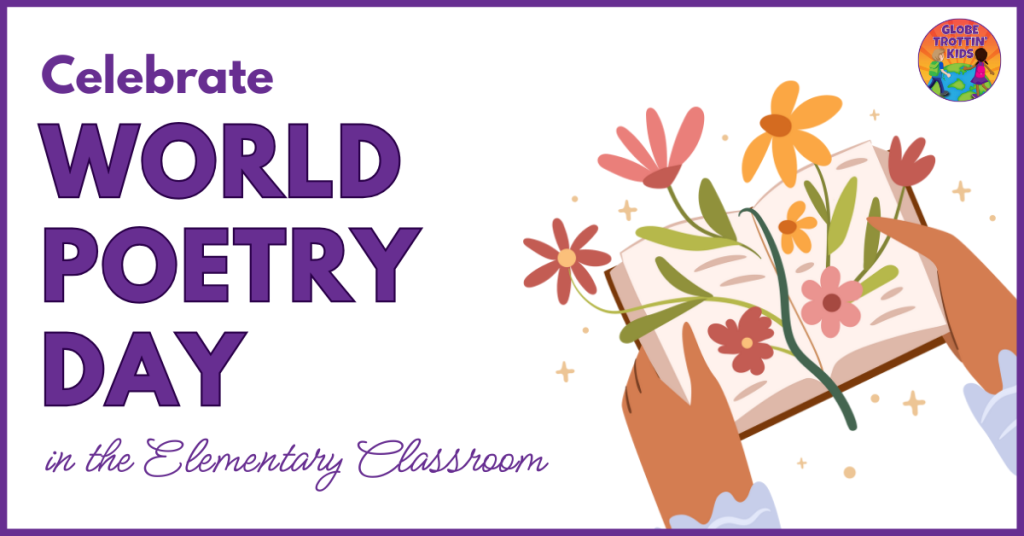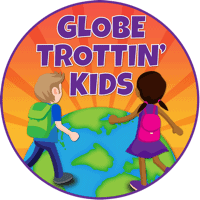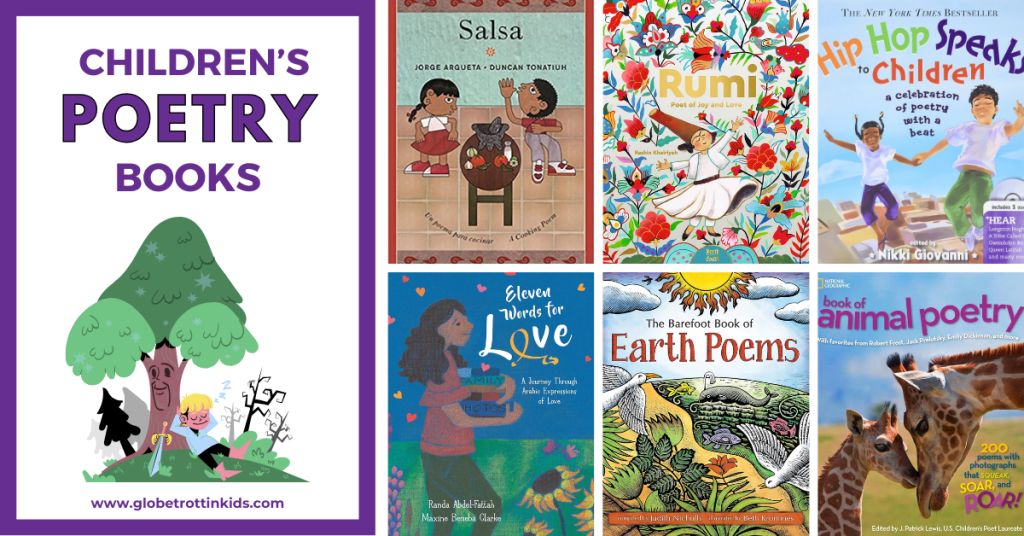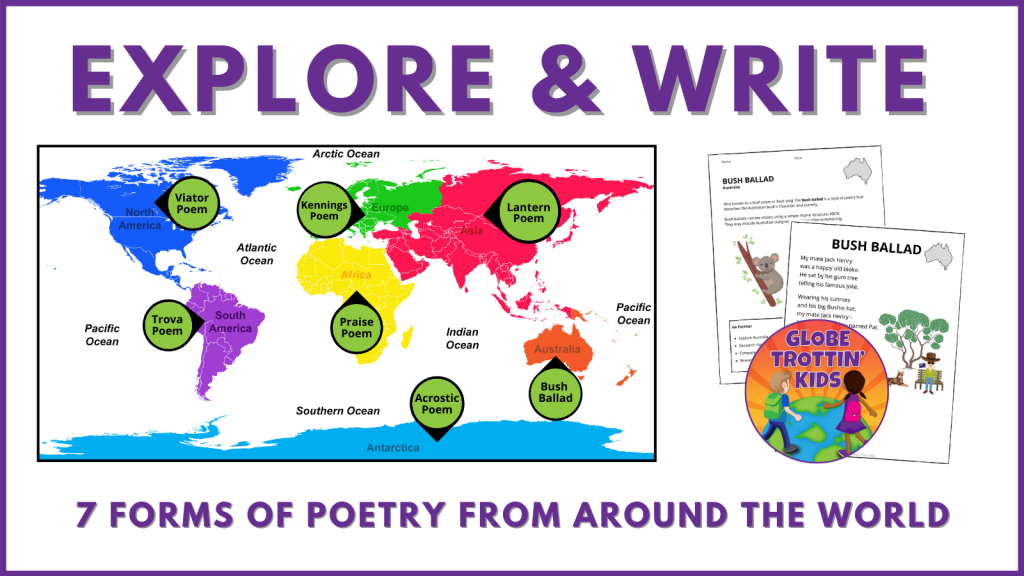Celebrate World Poetry Day in the Elementary Classroom
World Poetry Day, observed annually on March 21st, is a wonderful opportunity to introduce young students to the beauty of poetry from around the world. Poetry is an engaging and accessible way to encourage creativity, language exploration, and cultural appreciation in the classroom.
Explore different forms of poetry, introduce notable poets from around the world, and provide engaging activities to celebrate this special day with your students.

Poetic Forms from Around the World
Poetry comes in many shapes and styles, each offering a unique way to express ideas and emotions. Here are a few poetic forms from different cultures that you can introduce to your students:
- Haiku (Japan) – A three-line poem with a 5-7-5 syllable structure, traditionally focused on nature.
- Limerick (Ireland) – A five-line, often humorous poem with a distinct rhythm (AABBA rhyme scheme).
- Acrostic Poem (Various Cultures) – A poem where the first letter of each line spells out a word or phrase.
- Tanka (Japan) – A five-line poem with a 5-7-5-7-7 syllable structure, often conveying deep emotions.
- Ghazal (Persia & Middle East) – A series of rhyming couplets with a repeated refrain, often exploring themes of love and loss.
- Pantun (Malaysia & Indonesia) – A quatrain poem with an ABAB rhyme scheme, frequently used in storytelling and proverbs.
- Griot Poetry (West Africa) – A storytelling poetic form performed by griots (oral historians), often accompanied by music and focused on history, legends, and moral lessons.
Famous Poets from Around the World
Introduce your students to poets whose works have inspired readers across generations and cultures:
- Matsuo Bashō (Japan) – A master of haiku poetry, known for his evocative nature imagery. | Article -Kids Britannica
- Pablo Neruda (Chile) – A celebrated poet whose works include odes and love poems. | Picture Book
- Langston Hughes (USA) – A key figure in the Harlem Renaissance, writing about social justice and everyday life. | Activity & Resources -ReadWriteThink
- Rabindranath Tagore (India) – A Nobel Prize-winning poet known for his lyrical and philosophical works. | Article -Kids Britannica
- Gabriela Mistral (Chile) – A poet and educator, known for her powerful themes of love, loss, and nature. Picture Book -Click on “Tools for Teachers” for book activities.
- Rumi (Persia) – A 13th-century poet and mystic known for his deeply spiritual and philosophical verses. | Picture Books
- William Blake (England) – A visionary poet and artist, famous for his lyrical and symbolic works. | 3 Example Poems -DLTK’s Crafts for Kids
- Maya Angelou (USA) – A poet and activist, celebrated for her powerful themes of identity, resilience, and justice. Fact Page -twinkl
- Leopold Senghor (Senegal) – A poet and politician whose works celebrated African identity and culture.
Activities to Celebrate World Poetry Day
Make poetry come alive in your classroom with these interactive and engaging activities:
- Poetry Around the World – Assign different poetry forms to small groups and have students write their own versions. Share and compare how different styles express ideas. See our product below!
- Poet Spotlight – Read a poem from a famous poet and discuss its meaning. Encourage students to illustrate the poem or write a response poem.
- Nature Walk Haikus – Take students outside to observe nature and write their own haikus inspired by what they see.
- Poetry Performance – Have students practice and perform a poem in front of the class, using gestures and expressions.
- Classroom Poetry Wall – Dedicate a space where students can display their own poetry and read each other’s work.
- Rhyme and Rhythm Games – Play interactive games to explore rhyming words, alliteration, and rhythm in poetry.
World Poetry Day is a great opportunity to spark a love for language and self-expression in young learners. By exploring diverse poetic traditions and engaging in fun activities, students can gain an appreciation for poetry’s power to tell stories, share emotions, and connect cultures. Celebrate this special day by making poetry a joyful and inclusive experience in your classroom!
This no-prep poetry writing unit showcases seven diverse forms of poetry, each representing a different corner of the globe.
Each poetry form is accompanied by:
- Introduction: A brief overview of the poetic style, offering insights into its cultural origins and unique characteristics.
- Example Poem: Delight in an original Globe Trottin’ Kids poem, serving as an example and inspiration for young poets.
- Warm-up Activity: Prepare budding wordsmiths with fun exercises designed to sharpen essential skills, from syllable counting to metaphor identification.
- Pre-writing Planner: Empower students to organize their thoughts and unleash their creativity with handy brainstorming tools.
- Final Copy Paper Choices: Provide a canvas for literary expression with a variety of writing and illustration templates, allowing students to craft and share their own masterpieces.
Flexible and adaptable, Poetry Around the World can be integrated into your curriculum at any time. Whether you choose to explore one continent at a time or spread the poetic voyage throughout the year, this resource promises an enriching blend of geography, language arts, and cultural appreciation.
Enhance your exploration with our companion geography website, where students can embark on virtual adventures to discover the wonders of countries around the world. Begin your journey on our Home Page and let the exploration begin!


